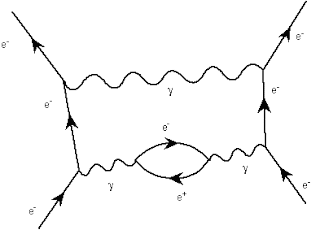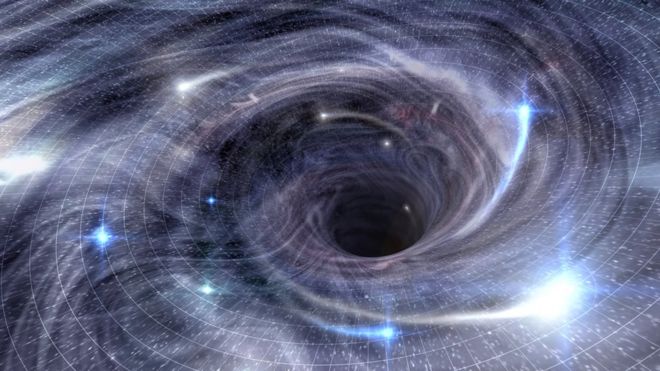Wuwei
Gold Member
- Apr 18, 2015
- 5,196
- 1,083
- 255
That's right. I am thinking about our universe with an adjunct of a dark matter part. If Mach's principle is invalid then a few of the conservation laws that we know are not valid. Since symmetries imply conservation laws, I would presume other multiverses have their own conservation laws that are quite unrelated to ours. If we are not talking about this universe, any possible singularities in other universes would be different.It seems to me that you are attempting to explain the fundamentals of universe/multiverse based on laws that are only valid for the bubble we live in. Vacuum State is entirely possible in a certain bubble. As a matter of fact, string theory versions paint very depressing pictures of most states/bubbles in our universe/multiverse. Life is impossible in most of them. Gravity is a luxury that only seem to be found in some bubble/states. And so on. This makes Mach's principle irrelevant to our discussion.
Yes, I read about Hawking radiation.Warped space is real but it is not responsible for mediating gravitational force. Graviton is the force carrier for gravity in string theory and it makes sense because gravity just like EM is a field. Neither special nor general relativity is adequate in explaining everything we observe in the bubble we live in. I am not even talking about particles that are too small for us to see. Let us take an example of black holes. Black holes are massively dense objects that can arrest light. Yet, gravity has compacted them into a point called singularity. This pretty much is as small as an object can get. So then the question arises: do you use theory of relativity or quantum mechanics to explain black holes? As it turns out, there are aspects of black holes that neither quantum mechanics nor general/special relativity can explain. In light of this, you cannot say that either of those two grand theories are complete. We need to fill in the gaps left by general/special relativity and quantum mechanics. This task is enormous but string theory so far seems to be rising to the occasion.
I did not suggest that there are two different properties for gravity in our bubble. What I suggested was that gravity may not even exist or it may have fundamentally different or similar property in a different bubble. There is no requirement that gravity has to exist in a given bubble or that it has to have same properties as the gravity we observe in our bubble.
I still don't understand how the graviton and warped space can meaningfully coexist. If matter under the influence of warped space travels along geodesics that dictate orbits and trajectories what do gravitons add? Or conversely, if gravitons mediate the force why should space be curved.







